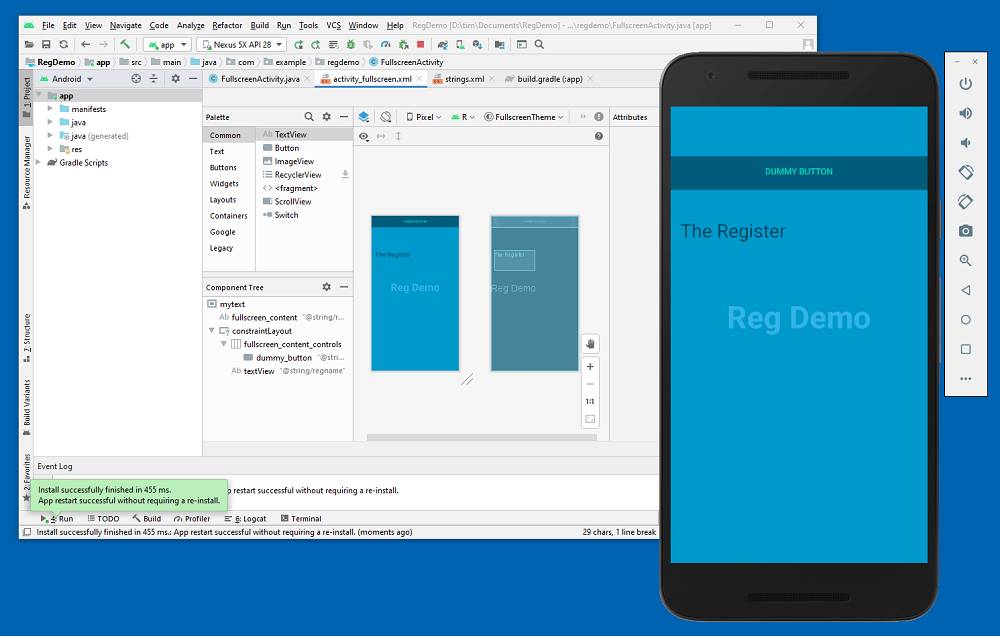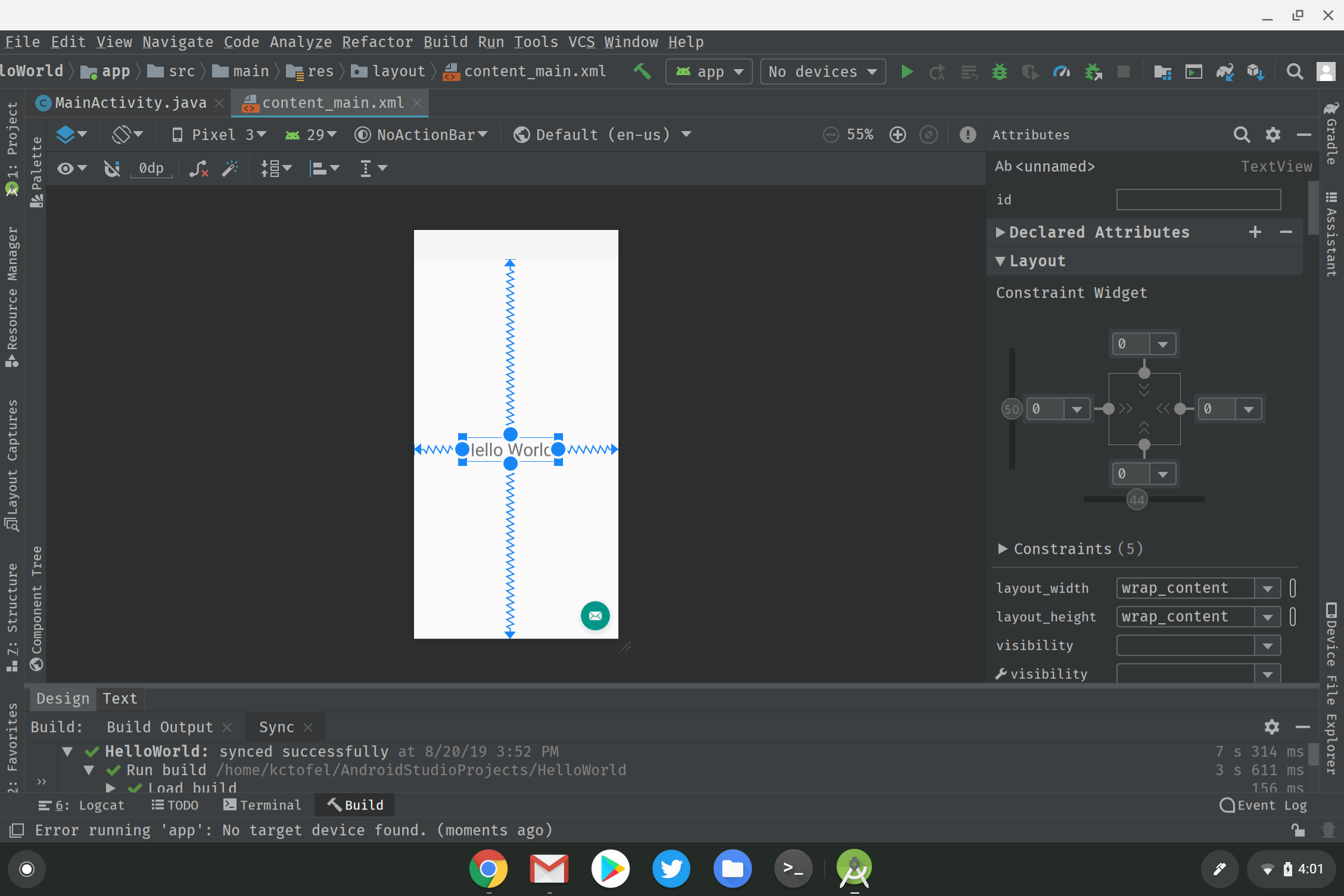
To get started: developers can download the Google VR SDK for Unity and explore the Unity API reference.

The SDK also has many additional features specific to the Unity engine such as simulating head movement with mouse, controlling approximate field-of-view, dynamic stereo-vision support to reduce eye vision and more. The SDK also provides access to head tracking, stereo rendering, special audio rendering, distortion correction and more.

With Google VR’s SDK developers will be able to prefab a new VR Unity project from scratch, adapt existing Unity 3D apps to VR and make an app that can easily swap between in and out of VR mode. The Google VR SDK for Unity provides access to the API that plugs in with the Unity game engine, which is already an extremely powerful 3D graphics engine with strong mobile support.

Currently two SDKs support Daydream: the Unity SDK and the Android SDK. To take a look at what developer will be working with in order to provide apps and software for Daydream, developers can visit the Google VR hub. By pushing the hardware and software stack of Android devices, alongside a number of phone manufacturers, Google expects next-gen phones to be prepared with low-latency and high resolution to work with the Daydream VR viewer (which is a headset similar to the Samsung Gear VR) and its accompanying handheld controller. The concept encompasses both hardware and software and will work on Android N-and it is slated for release Fall 2016.

Today Google announced it’s next-gen mobile virtual reality (VR) platform: Daydream VR. Developers looking to work with newly announced Google VR Daydream ( at Google I/O 2016) will have to wait for the next-gen of smartphones to come out with the hardware to support the virtual reality platform, but meanwhile can catch up with the expectations of the specifications and look at supporting APIs and SDKs.


 0 kommentar(er)
0 kommentar(er)
